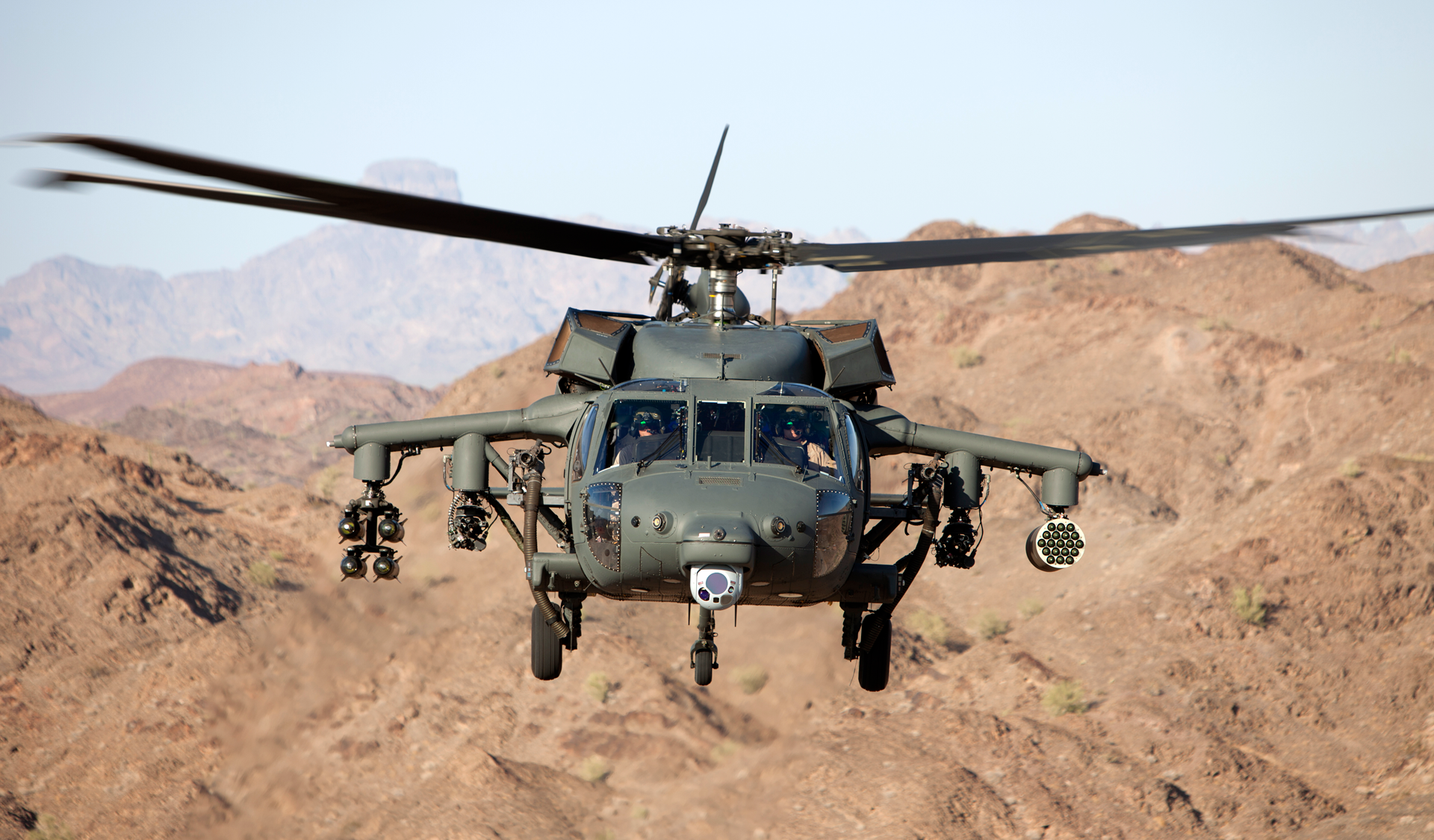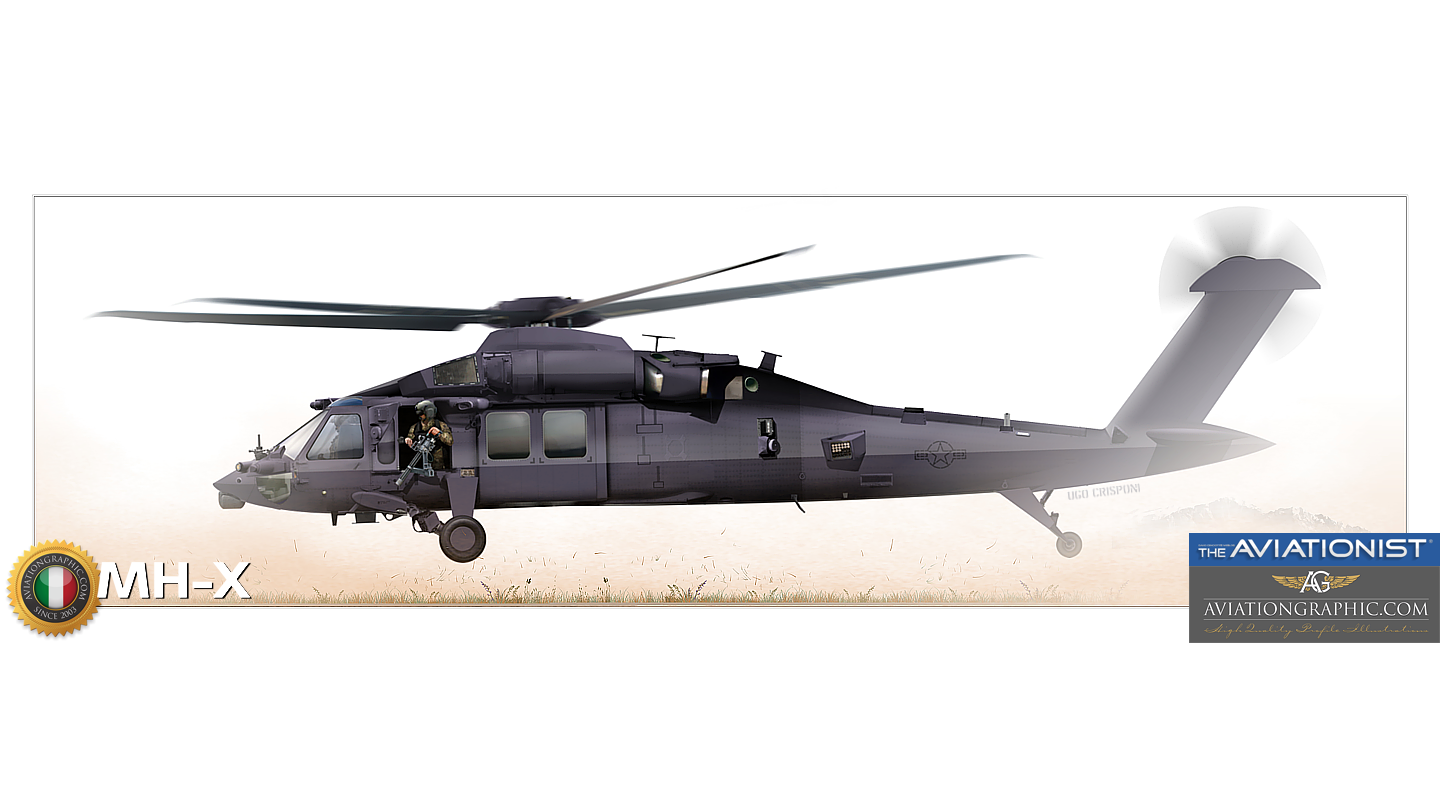Exploring the Thrills and Innovations of the Blackhawk Helicopter
The Blackhawk helicopter stands as a testament to army aeronautics's development, combining technological advancements with useful applications. What lies ahead for this famous aircraft, and exactly how will emerging innovations shape its future in military operations?
Background of the Blackhawk Helicopter
Given that its beginning in the 1960s, the Blackhawk helicopter has played a crucial role in contemporary military air travel. Developed by Sikorsky Aircraft, the UH-60 Blackhawk was created to fulfill the U.S. Military's requirement for a versatile utility helicopter capable of executing a selection of objectives, consisting of troop transport, clinical evacuation, and cargo airlift. The layout was a feedback to the limitations of earlier helicopters, especially in regards to speed, survivability, and maneuverability.
The Blackhawk made its very first trip in 1974 and soon went into solution in 1979. Its introduction noted a considerable development in helicopter technology, featuring a two-rotor system that boosted efficiency and security. The aircraft's sturdy building and advanced avionics permitted it to run successfully in varied environments and problems.
Throughout the years, the Blackhawk has been continuously updated, including lessons learned from numerous combat situations. Its deployment in conflicts such as the Gulf Battle, Somalia, and the Battle on Fear more strengthened its credibility as an essential asset. The Blackhawk's tradition is identified by its versatility and durability, making it a keystone of armed forces aviation for years.
Secret Functions and Specifications
The Blackhawk helicopter is distinguished by its robust style and advanced technical features, which jointly improve its operational capacities. Created mostly for energy objectives, the Blackhawk flaunts a maximum launch weight of about 22,000 extra pounds, allowing it to bring considerable hauls while keeping agility.
Geared up with 2 General Electric T700-GE-701C engines, the Blackhawk attains an optimal rate of around 183 knots and a series of 368 maritime miles - Blackhawk Helicopter. Its cutting edge rotor system includes a four-blade main rotor and a four-blade tail blades, ensuring security and maneuverability in various flying problems
The helicopter's cabin can accommodate as much as 11 soldiers or different cargo setups, showcasing adaptability in mission profiles. In addition, the Blackhawk is developed with innovative avionics, including digital trip controls and a comprehensive cockpit display, improving pilot situational recognition.
For enhanced survivability, the Blackhawk includes ballistic shield and self-sealing fuel storage tanks. Its ability to run in diverse atmospheres, from deserts to icy terrains, additionally solidifies its online reputation as a trustworthy system for altruistic and army operations alike. The Blackhawk's mix of power, durability, and flexibility makes it a cornerstone of contemporary airborne capacities.
Advancements in Technology
Innovations in technology have substantially enhanced the abilities of the Blackhawk helicopter, ensuring it remains at the center of army air travel. One of the most remarkable advancements is the combination of advanced avionics systems, which give boosted situational understanding through real-time data handling and display. This modern technology enables pilots to navigate complex environments better, enhancing objective success rates.

Moreover, the introduction of digital fly-by-wire systems has revolutionized the control devices of the Blackhawk, giving smoother handling and boosted responsiveness. These systems promote advanced ability to move, crucial in high-stakes circumstances. Improvements in interaction and networking innovations enable smooth control amongst units, improving overall operational effectiveness. Jointly, these technological innovations make sure that the Blackhawk helicopter remains a vital asset in modern-day military operations.
Functions in Armed Force Operations
With sophisticated innovation boosting its capacities, the Blackhawk helicopter plays a complex role in army procedures. Largely, it is employed for troop transport, making it possible for fast release and removal of employees in various fight circumstances. Its spacious cabin can accommodate as much as 11 soldiers, making it an essential property for unique procedures and massive goals.
Additionally, the Blackhawk works as a medevac system, geared up to carry injured soldiers quickly and effectively from the battleground to clinical centers have a peek at this website - Blackhawk Helicopter. Its versatility includes logistical support, where it carries materials and equipment essential for maintaining army procedures in remote areas

The helicopter is additionally critical in reconnaissance objectives, giving aerial surveillance and intelligence-gathering capabilities. Its capability to operate in varied environments-- ranging from city setups to extreme surfaces-- further solidifies its importance on the combat zone.
Moreover, the Blackhawk can be outfitted with innovative weapons, permitting it to engage in combat and give close air support. This versatility highlights the helicopter's integral duty in modern-day armed forces techniques, making it a crucial component of armed pressures worldwide.
Future Advancements and Innovations
Improvements in innovation assurance to usher in a new period for the Blackhawk helicopter, boosting its abilities and functional efficiency. Future growths for the Blackhawk may include investigate this site enhancements in avionics, such as innovative trip control systems and improved situational recognition tools powered by artificial knowledge.
In addition, the integration of unmanned systems is on the horizon, possibly permitting for manned-unmanned teaming operations that can expand mission profiles and reduce danger to workers. The Blackhawk's layout is likewise anticipated to include lighter and more powerful products, enhancing fuel efficiency and overall efficiency.

Verdict
To conclude, the Blackhawk helicopter represents a considerable success in army aeronautics, identified by its adaptability and progressed technical attributes. Its historical advancement shows a continual response to operational requirements, improving abilities in numerous roles such as troop transport and medevac operations. Continuous innovations, consisting of the assimilation of fabricated intelligence and hybrid-electric propulsion, guarantee to more enhance the Blackhawk's efficiency and significance in future armed forces interactions, guaranteeing its condition as a crucial property on the battlefield.

With innovative modern technology enhancing its capabilities, the Blackhawk helicopter plays a multifaceted role in armed forces operations. (Blackhawk Helicopter)